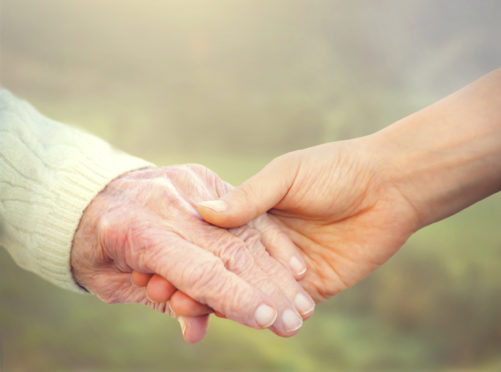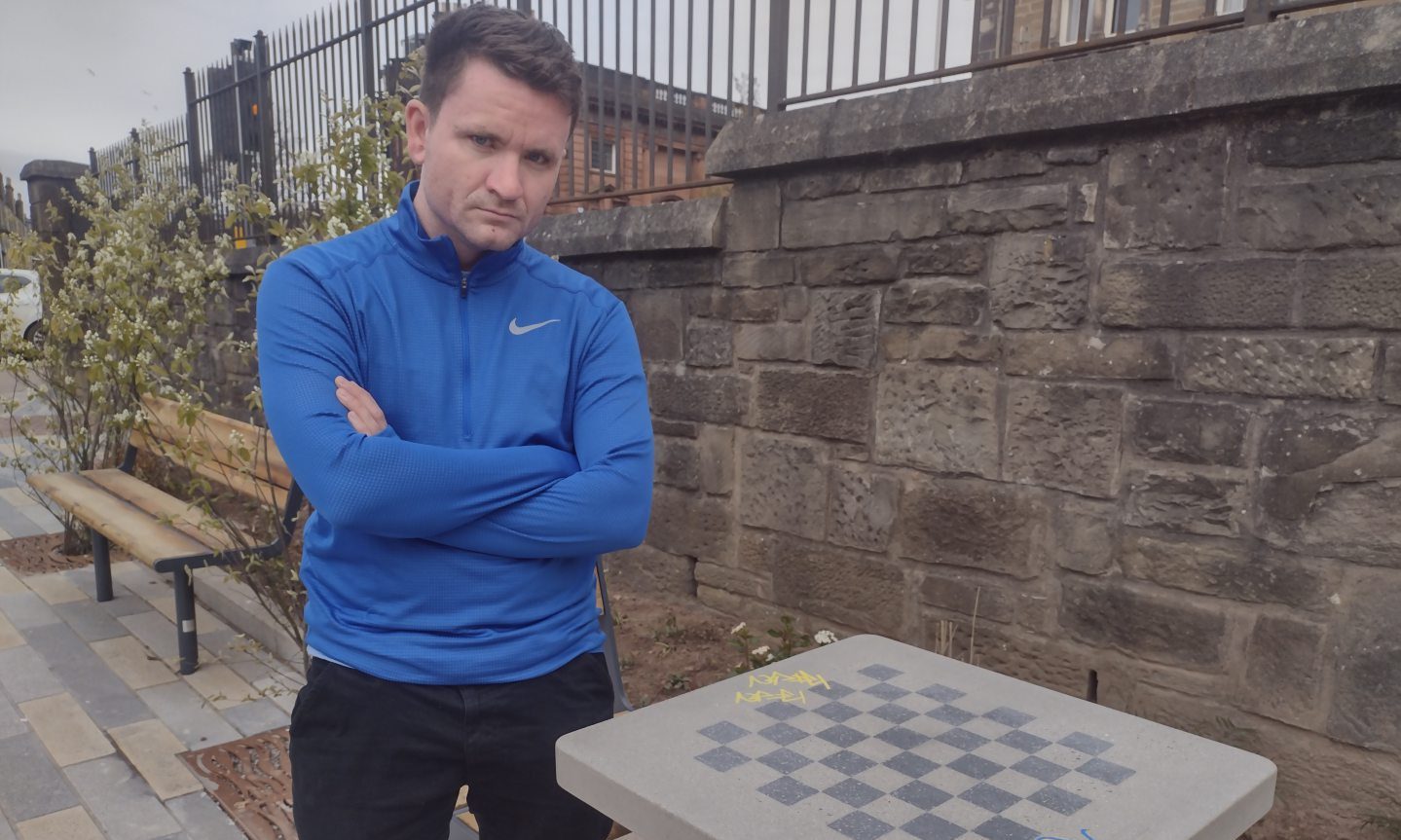Life expectancy in Dundee is the second lowest in Scotland, new statistics have shown.
The city also experienced one of the smallest increases in the percentage of the population living beyond 65 in the last decade.
For men, life expectancy is 73.9 years and for women it is 79.4. Only Glasgow had lower rates.
In Angus, men are expected to live to 78.2 and women to 81.6. In Perth and Kinross, the figures are 79.3 and 82.5 respectively, and in Fife the life expectancy for men is 77.2 and 80.8 for females.
The average life expectancy in Scotland for a woman is now 81.1 years and for a man 77 years, according to the figures in the National Records of Scotland (NRS) report Scotland’s Population 2018.
The levels for both sexes have stalled since 2012 after a steady rise over the last three decades. Experts say this could be due to a slowdown in the rate of improvement of deaths from heart disease, an increase in the number of drug-related deaths and a rise in people aged over 75 dying with dementia.
Deprivation was found to have a strong effect on life expectancy, with figures showing girls born in 2015-2017 in the 10% most deprived areas of Scotland can expect to die 9.6 years earlier than those who live in the 10% least deprived areas.
For males, the difference in life expectancy between the 10% most deprived and 10% least deprived areas is 13 years.
Gerry McCartney, head of the public health observatory at NHS Health Scotland said: “How long people live is a marker of overall health and so to see that life expectancy across Scotland has stalled and in fact declined in recent years is a real concern.
“So too is the fact that people in our poorest areas are living shorter lives than those in our more wealthy areas. This is not only unfair, and preventable, but it can also give an indication that this inequality is driving the stall in expectancy.
“The circumstances in which we live should not impact on health so much that the right to live a long and healthy life is compromised by how much money we have.”
Scottish Conservative MSP for the North East region Bill Bowman said the Scottish Government should be working to develop the Scottish economy.
Scottish Labour public health spokesperson David Stewart MSP said the fall in life expectancy was shameful.
“That rising numbers of drugs deaths are contributing to falling life expectancy is also troubling. Scottish Labour has been clear that the drugs deaths crisis needs urgent action and is calling on the SNP to legally designate a public health emergency,” he said.
Cabinet secretary for tourism, culture and external affairs Fiona Hyslop said: “While Scotland’s total population is the highest it’s ever been, and it is welcome that people are living longer, we face a number of challenges. Against a backdrop of a record fall in the birth rate, Scotland’s population is ageing with a shift in population from the west to east and declining population in rural areas.
“With all of Scotland’s population growth predicted to come from migration, the impact and risk of Brexit means that we may not have a large enough working age population to support public services, industries and our economy.
“The cornerstones of a strong economy are productivity, participation and population. We need to grow our population to ensure we have sustainable, vibrant and resilient communities and drive improvements in inclusive growth.”










